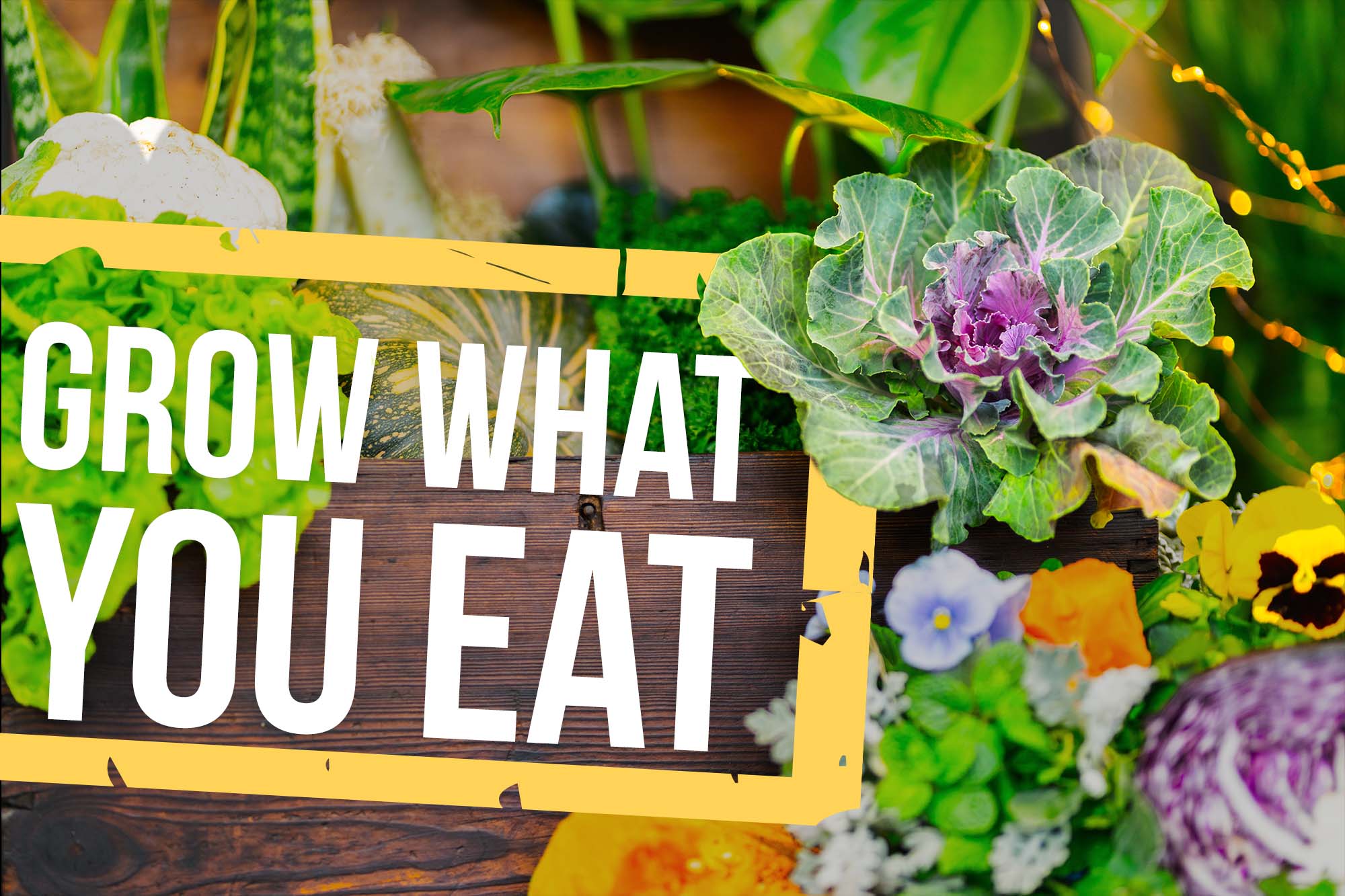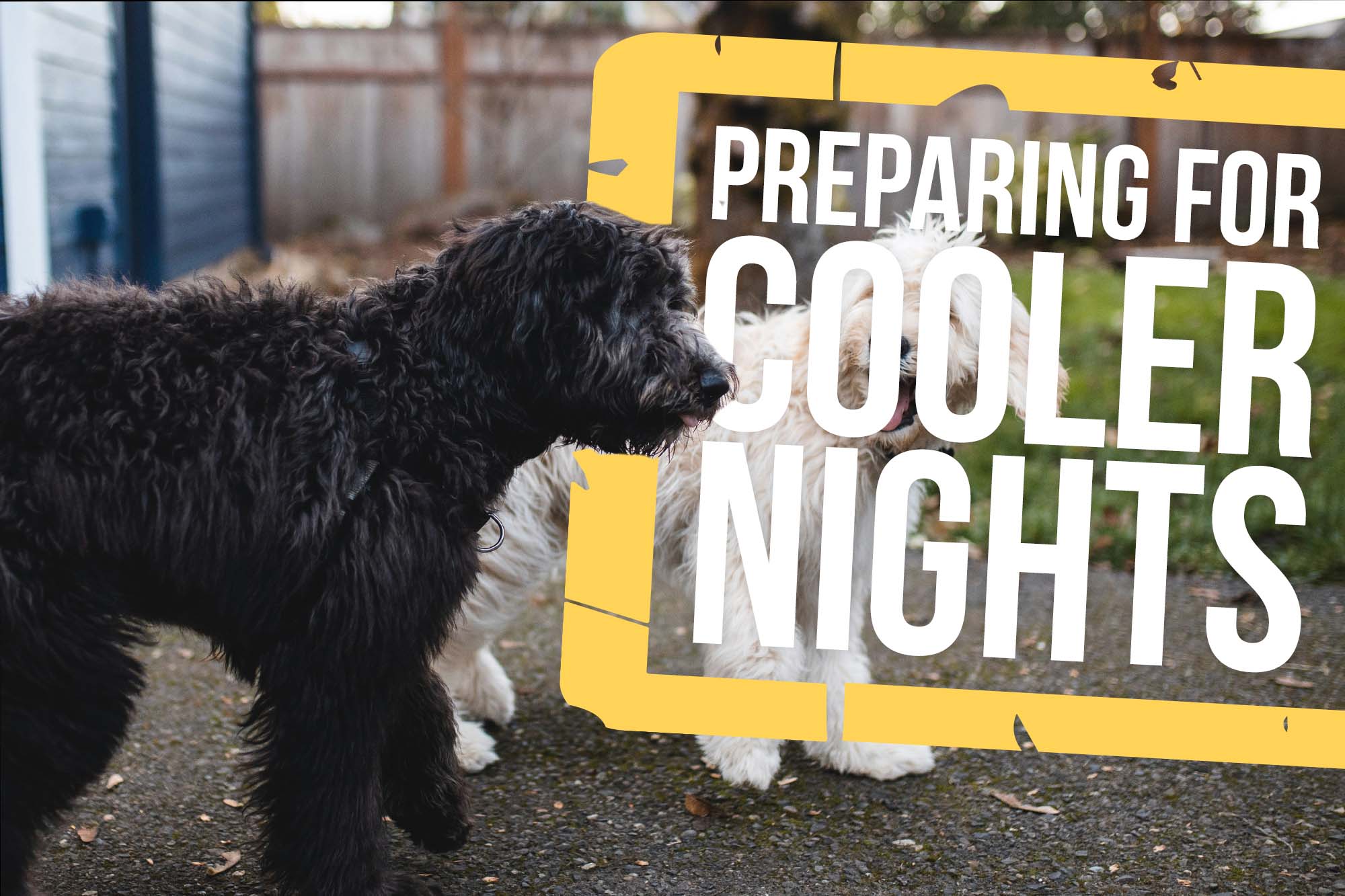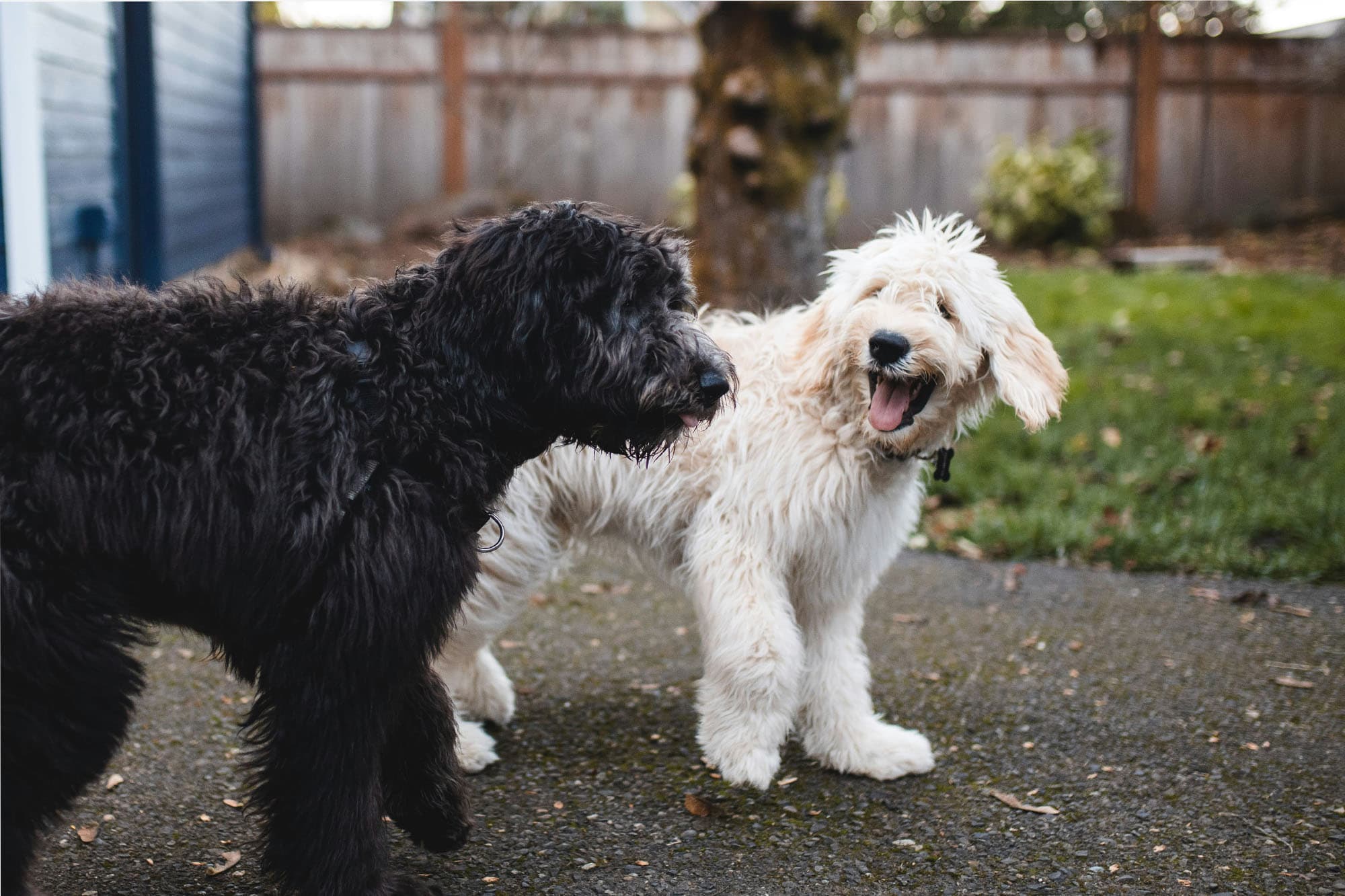If you have a love of both pets and plants, then you probably know that sometimes the two don’t mix well together. Some people are graced with pets who will ignore the indoor plants completely and then there are those with pets that choose to eat and destroy everything in sight.
If you have the misfortune with the latter, then you have our sympathy. But we’re here to tell you that there are plenty of plants available that won’t hurt your beloved pet if they eat them.
Here are 8 pet friendly indoor plants and some bonus tips on how to keep your plants safe from your pet’s curious nature.

Spider Plant – Chlorophytum comosum
Spider plants make for excellent hanging baskets, they have a unique shape that resembles a spider and has pups that hang off runners just below the foliage and look like little baby versions of the mother plant.
Fast growing. Air purifying. Easy to propagate.

Chain of Hearts – Ceropegia woodii
The leaves on these beauties resemble tiny delicate hearts. They require bright indirect sunlight and are a trailing plant ideal for hanging baskets. Their chains have been known to reach up to 4m in length when given the perfect conditions.
Easy to propagate. Beautiful foliage.

Parlor Palm – Chamaedorea elegans
The Parlor Palm is an excellent beginner’s plant. These palms can tolerate low light. Have beautiful green fronds and are usually planted in bunches to create a bushy green shrub.
Easy to grow. Slow growing. Low light. Air purifier.

Boston Fern – Nephrolepis exaltata
These bushy ferns are popular for a reason. With their lush green fronds that have an arching effect, they make for exquisite hanging baskets.
They require a location with high humidity and indirect light. This can be achieved with a pebble tray or regular misting. Their soil needs to remain damp but not soggy, and never dry.
Easy propagation. High humidity. Stunning green foliage.

Calathea
Calathea come in all shapes and sizes and not all of them have the same care conditions however they are generally safe plants to have around your beloved furry friends. Their striking appearances are real showstoppers and are perfect if you are looking for something unique. They require indirect light, and you will find, a calathea with darker leaves will handle lower light environments better than one with lighter leaves.
Eye-catching foliage. Easy care. Many varieties.

African violets – Streptocarpus sect. Saintpaulia
African violets have small velvety leaves and sprout beautiful flowers in a range of colours. They require minimal care. Keep them in a well-lit spot with no direct sunlight. Bottom water only as leaves are susceptible to rot and pinch spent flowers to encourage new blooms
Small – don’t need a lot of room. Flowers all year round.

Venus Flytrap – Dionaea muscipula
Venus flytraps are fun little carnivorous plants with heads that open up and close on any unsuspecting prey that may land on them. Bottom water only and keep soil moist. These plants do enter dormancy during winter, where their leaves will shrivel and turn black. They will reshoot in the spring with fresh new growth. Don’t trigger the heads/traps for fun, it uses a lot of the plant’s energy, and they will only reopen a few times before they die off.
Novelty plant. Fun to watch.

Air Plant – Tillandsia
Air plants are different to your traditional plants because they don’t grow in soil. Soak them in water once every 1-2 weeks to keep them thriving. These are the perfect specimen for hanging in windows or from shelves. They need bright indirect sunlight.
No soil. Unique. Low water requirements.

Keeping your pets and plants safe
Keep your plants out of reach, on top of a cupboard, shelf, desk, etc. If you own a cat who tends to climb on these surfaces, you can teach them to stop. This may prove difficult at first but with time, your cats and plants can coincide. Double-sided tape on top of these surfaces for a few weeks can do the trick. While it doesn’t hurt your pet, it does feel uncomfortable to walk on. Your cat will eventually stop going up there and you can remove the tape.
If you can, try keeping your plants in a room your pet doesn’t have access to. This removes the potential danger to your pet and your plants.
Choose indoor plants that you can keep in hanging baskets, so they are out of reach of your pet.
Keep an eye on your pet if they’re going to be near your plants. If they show interest tell them no and remove them from the situation, some persistence and training will go a long way in keeping everybody happy.




